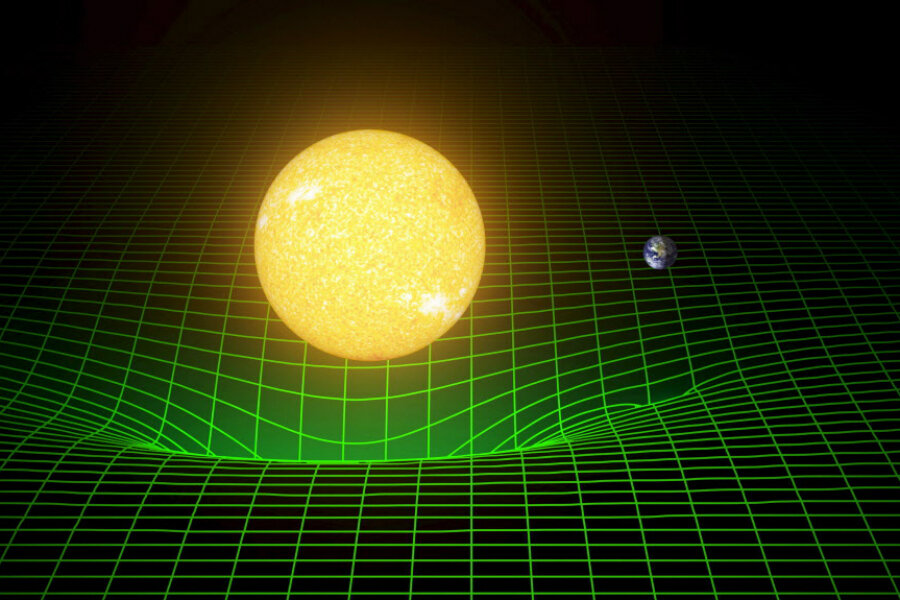Gravitational-wave observatory gets back to spotting spacetime weirdness
Loading...
Last year, a team of astrophysicists made a momentous discovery: gravitational waves, ripples emanating through the fabric of space and time, caused by collisions of black holes and other violent events. Now, after months offline, the observatory responsible is up and running again.
The Laser Interferometer Gravitational-Wave Observatory (LIGO), operated by physicists at the California Institute of Technology in Pasadena, was shut down in January for scheduled updates to sensitivity and performance. On Wednesday, researchers brought the observatory back online to continue its search for gravitational waves – the elusive astronomical phenomenon first theorized a century ago by Albert Einstein.
“The significance of this expanding ‘window to the universe’ cannot be stressed enough, as it will illuminate the physics of merging black holes, neutron stars and other astronomical phenomena that cannot be reproduced in a laboratory setting,” said National Science Foundation Director France Córdova in a statement.
In 1916, Albert Einstein predicted the existence of gravitational waves as part of his theory of general relativity. His work suggested that space and time are inextricably linked, like a single fabric. As such, high-mass objects can weigh down the fabric – imagine a stellar bowling ball on a cosmic trampoline. Extreme gravitational events, he argued, could make waves in the fabric.
These waves, which may originate from neutron stars or black hole binaries, radiate outward at the speed of light, compressing and stretching space-time. Gravitational waves were detected as early as 1974 – notably, by Joseph H. Taylor Jr. and Russell A. Hulse, who won the 1993 Nobel Prize for their work – but only indirectly.
In February, an international team of LIGO researchers became the first to directly observe gravitational waves. The waves originated from a pair of black holes orbiting more than 1 billion light-years away. As the binary system spiraled inward, the two black holes violently merged at half the speed of light. The 20-millisecond collision produced gravitational waves 50 times more powerful than all the stars in the universe combined.
“For our first run, we made two confirmed detections of black-hole mergers in four months,” said Dave Reitze, executive director of the LIGO Laboratory. “With our improved sensitivity, and a longer observing period, we will likely observe even more black-hole mergers in the coming run and further enhance our knowledge of black-hole dynamics. We are only just now, thanks to LIGO, learning about how often events like these occur.”
Now that LIGO has resumed its search, researchers are optimistic that it could reveal new insights about the nature of gravity itself.
The Christian Science Monitor’s Pete Spotts reported in Febuary:
This has been a nagging thorn in the side of theoretical physicists working an another Big Idea – that the four basic forces of nature are low-energy remnants of what was a single force during the earliest fractions of a second after the big bang. These forces are gravity, electromagnetism, the strong force binding particles in the nuclei of atoms, and the weak force governing radioactive decay.
Physicists have been able to show through quantum theory that three of the four forces have a common ancestor. Gravity remains the stubborn holdout.
Non-scientists can also aid LIGO researchers in their quest for discovery. The Einstein@home program, launched in 2005, can automatically download observatory data onto any idle personal computer. Once the data is analyzed, the results are sent back to a central server. With LIGO’s expanded scope, researchers may need the help more than ever.






